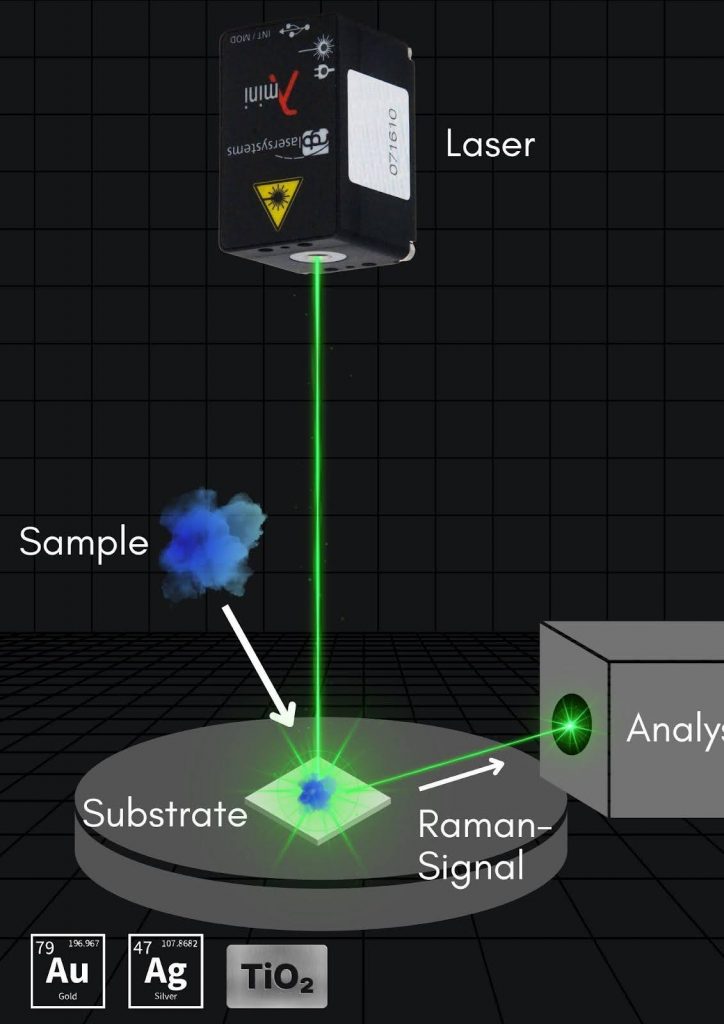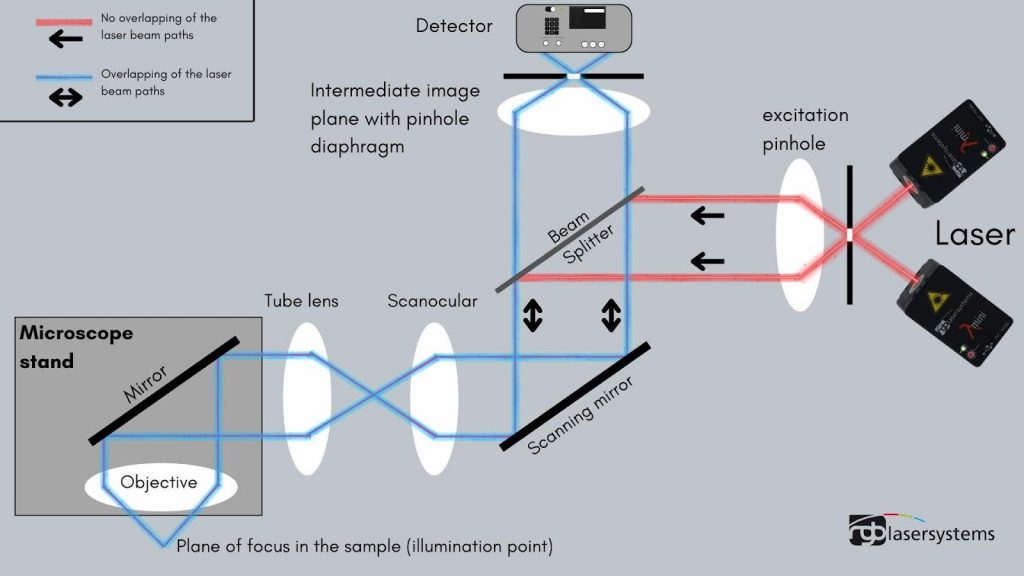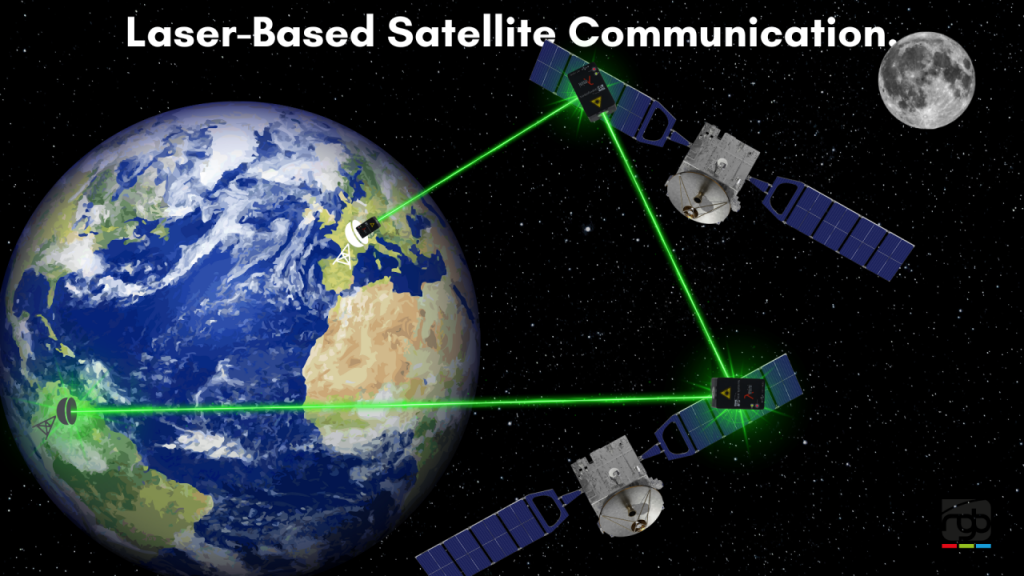Green lasers, specifically 532 nm CW lasers, are foundational tools across a diverse range of scientific, industrial, and medical applications. Their prominence stems from a unique combination of highly desirable characteristics, including high beam quality, a visible green output, stable output power, and a high degree of absorption in a multitude of materials. These attributes collectively position 532nm CW lasers as indispensable for both highly delicate diagnostic procedures and robust, demanding industrial processes.
One of the most valuable features of 532 nm lasers is their capability to efficiently generate both fluorescence and Raman signals. This ability makes them an indispensable tool for a variety of advanced analytical techniques, most notably in the fields of spectroscopy, bioimaging, and material analysis. In spectroscopy, the strong interactions of 532nm light with many molecules allow for precise identification and quantification of chemical components. In bioimaging, the efficient excitation of fluorescent markers at this wavelength enables high-resolution visualization of cellular and subcellular structures, providing critical insights into biological processes. Furthermore, in material analysis, the distinctive Raman scattering patterns generated by 532nm light offer a non-destructive method to determine chemical composition and structure of diverse materials, ranging from semiconductors to pharmaceuticals. The versatility and precision afforded by these characteristics underscore the central role of 532 nm CW lasers in pushing the boundaries of scientific discovery and technological innovation.
Raman Spectroscopy: A Cornerstone Application for 532 nm lasers
One of the most significant uses of 532 nm CW lasers is in Raman spectroscopy—a non-destructive analytical technique used to identify molecular structures based on vibrational energy modes.
- Strong Raman signal excitation: 532 nm strikes a balance between signal intensity and fluorescence interference, ideal for both inorganic and some organic materials.
- Versatility across sample types: It is widely used to study nanomaterials (like graphene and carbon nanotubes), semiconductors, biological samples, and even pharmaceutical compounds.
- Portable and benchtop systems: The compact size of CW green lasers enables the development of handheld Raman instruments for field applications in security screening, art conservation, and quality control.

Figure 1. General Raman spectroscopy setup with a 532nm CW laser, generating Raman scattering signals resolved and analyzed in a spectrometer.
Bioimaging and Diagnostics with a 532 nm laser
532 nm lasers are widely used in life sciences, especially in techniques involving fluorescence and photostimulation.
- Flow cytometry: A workhorse in immunology and cancer research, green lasers are used to excite dyes like FITC, GFP, and SYTOX Green for multichannel cell sorting and analysis.
- Confocal and two-photon microscopy: They provide high-resolution imaging of live cells and tissues, aiding in neuroscience, developmental biology, and regenerative medicine.
- Ophthalmic photocoagulation: Hemoglobin and melanin absorb 532 nm efficiently, making these lasers ideal for treating diabetic retinopathy, retinal tears, and macular degeneration.

Figure 2. Confocal microscopy setup using laser illumination, achieving high resolution and contrast.
Alignment, Inspection, and Metrology
Green lasers at 532 nm are available with excellent beam quality (TEM00), low noise, high power stability, narrow linewidths, and long coherence lengths, making them ideal for for high-precision applications.
- Interferometry and holography: High coherence and narrow linewidth allow for ultra-precise surface and dimensional measurements.
- Particle sizing and characterization: particle sizing by analyzing diffraction patterns, and evaluating size, granularity, and fluorescence of cells..
- Semiconductor wafer inspection: identification of imperfections on semiconductor wavers, measuring dimensions of features in integrated circuits, or ensuring alignment.

Figure 3. Michelson interferometers can be used to measure small displacements, such as those generated by thermal expansion.
Environmental, Remote Sensing, and Satellite Communication
532 nm CW lasers are used in a variety of atmospheric and aquatic sensing technologies:
- LIDAR: Continuous or modulated green laser light is used in aerosol profiling, pollution monitoring, and hydrographic mapping.
- Underwater optical communication: Green wavelengths penetrate water better than red or infrared, supporting short-range data transmission and imaging in oceanographic research.
- Serving as a link between satellites, 532nm light received by one satellite can be redirected to another satellite for inter-satellite communication.

Figure 4. 532 nm lasers can be used in free-space satellite communication or Satellite Laser Ranging (SLR).
Display Technologies and Entertainment
- Laser light shows and projectors: The 532 nm beam produces brilliant green light, essential in high-visibility displays and RGB laser projection systems.
- Holographic displays and augmented reality: Emerging applications in next-generaton display technologies increasingly leverage compact green laser sources for sharp, vivid visuals.

Figure 5. Holography application of a 532nm laser using a HOLOEYE Spatial Light Modulator.
Conclusion
From molecular fingerprinting with Raman spectroscopy to retinal therapy, microsoldering, and laser displays, CW 532 nm lasers prove to be an exceptionally versatile and powerful tool. Its unique blend of visibility, absorption characteristics, and spectral precision continues to unlock possibilities in research, manufacturing, and healthcare. As laser technology advances, the applications of this brilliant green beam are only set to expand.
Contact Axiom Optics experts for more information and to help you choose the right CW laser source for your application.
